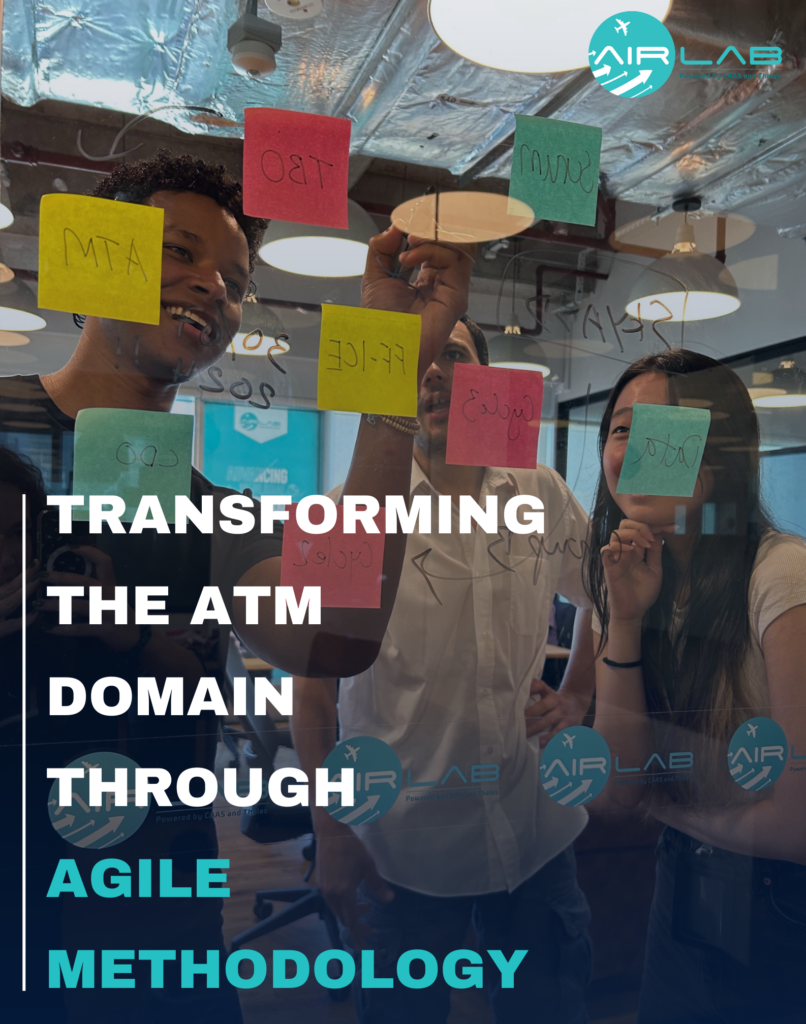“Agility is the ability to adapt and respond to change… agile organizations view change as an opportunity, not a threat.” – Jim Highsmith, Author of books in software development methodology and creator of Adaptive Software Development.
In today’s rapidly changing business landscape, traditional work environments are giving way to more dynamic and responsive models. One such paradigm shift is the adoption of agile work environments. Agile isn’t just a buzzword; it’s a philosophy that has revolutionized how teams collaborate, innovate and deliver results across industries. Agile work frames have their roots in early influences like Lean Manufacturing from the 1950s and iterative development practices from the 1960s-1980s, which emphasized flexibility, customer collaboration, and rapid delivery. Popular methodologies such as Scrum, developed in the 1990s, introduced structured yet adaptable frameworks. Over time, Agile practices spread beyond software to various industries and scaled frameworks emerged to support large organizations.
At AIR Lab, we follow an agile work frame with a flat hierarchy, with our teams organized in 4 to 8 persons agile squads. Each autonomous squad is grouped in self-managed communities, following three main key mechanisms in the organization process: roles definition, advice process, and conflicts resolution methods. Our agile principles prioritize user satisfaction, collaboration, embracing change, sustainable development, maintaining simplicity, and continuous reflection and adjustment. These ways of working have proven to work effectively in the AIR Lab over the years since our inception in 2019 through the demonstration of high-impact and trail-blazing project outcomes.
An agile work environment is crucial for an innovation center like AIR Lab as we value empowerment over control, data over opinions, testing and learning over planning, collaboration and communication over silo, users and partners over customers, and failure over not trying. In order to harmonize the organization of Thales and CAAS, the agile engineering process was adopted to foster a multi-cultural, multi-racial, and inclusive environment for our various experts. Especially in an innovative environment like AIR Lab, where there are a lot of interactions between our various stakeholders and subject experts, the agile environment facilitates this feedback process. Furthermore, with innovation at the forefront of our focus, an agile working environment allows for experimentation and learning from failures.
The shift to agile work environments offers numerous benefits to organizations, and AIR Lab is no exception. An agile work environment is designed to optimize flexibility, creativity, and productivity. AIR Lab’s self-organizing teams can choose how to best accomplish their work rather than being directed by others outside the team. Instead of teams being directed by functions, our teams have all the competencies and autonomy needed to accomplish the work without over-reliance on direction from the management.
At AIR Lab, our Scrum Masters play a unique role in fostering an agile work environment. Dionne, our scrum master at AIR Lab, states that she believes it is important to “keep the teams focused on their goals and value being delivered, rather than helping to capture the velocity like a number game”, the main goal is to never lose sight of the overarching Agile principles and Scrum values. Working in an innovative organization like AIR Lab with constant experimentation, Dionne reiterates that “Scrum, Kanban or other Agile frameworks is not the goal”, but “figuring out what works best and continuously improving your team is”.
Another scrum master at AIR Lab, Szeping, also supports this, stating that with new teams, focusing on the basics is the priority, following the Scrum Guide by the book and adapting from there. She believes in building trust among the Product Owners and Development Team, which in turn facilitates a better working environment. True to the nature of an agile work environment, Szeping comments, “people are what makes a company agile, not the approaches, methodologies, or tools.”
Challenges and Considerations
While Agile frameworks are being adopted in AIR Lab, these are some of the below challenges from our perspectives.
Agile teams can sometimes resist new methods. To overcome this, provide Agile refresher training, emphasizing the benefits of the new approach. Listen to team concerns and involve them in decision-making.
Misunderstandings between Agile teams and external SMEs can hinder progress. Introducing a high-level Agile framework during kick-off sessions and encouraging SMEs to participate in Scrum activities like sprint reviews and demos to foster open communication and collaboration can help to resolve this.
Maintaining time-boxing can be challenging. To help with this, we ensure meeting agendas are clear and emphasize the importance of strict time-boxing, as well as addressing off-topic issues separately to respect the team’s time.
Conclusion
The agile work environment represents a paradigm shift towards flexibility, collaboration, and iterative progress. By empowering teams, embracing change, and prioritizing customer needs, organizations can navigate today’s complex landscape with agility and resilience. Embracing an agile mindset isn’t just about adopting new methodologies—it’s about fostering a culture of responsiveness and continuous improvement that drives organizational excellence in a dynamic global economy.
With the agile framework, AIR Lab pioneers’ innovation in the aviation industry. Visit our website to get to know about our areas of research and join us on our innovation journey.




